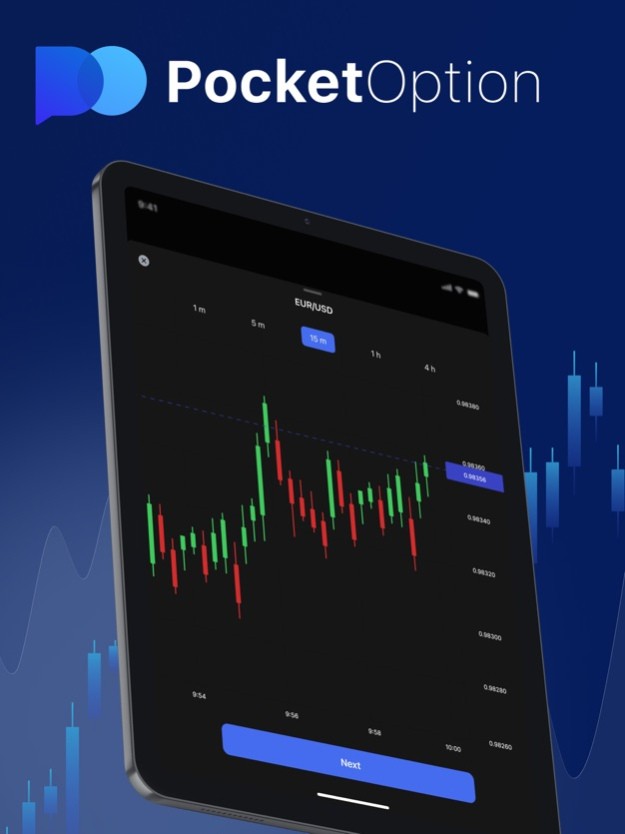
Trading Strategy with Envelope
The financial markets are filled with opportunities and challenges, and finding an effective trading strategy can be a game-changer for traders. One such strategy that has garnered attention is the Envelope trading strategy. Known for its simplicity and effectiveness, the Envelope indicator is a popular tool among traders looking to capitalize on market trends. In this article, we will explore the fundamentals of the Envelope strategy, how to implement it, and the various aspects that make it useful for both beginner and experienced traders. For a detailed understanding, you can also check this link: Trading Strategy with Envelope https://trading-pocketoption.com/strategiya-envelope-na-15-minut/
Understanding the Envelope Indicator
The Envelope indicator is a technical tool that consists of two lines plotted at a specific distance above and below a moving average. This distance can be determined as a percentage of the moving average value, thereby creating a channel that encapsulates price movements. Traders often use the Envelope indicator to identify overbought and oversold conditions in the market, making it easier to determine potential entry and exit points.
Setting Up the Envelope in Your Trading Platform
To utilize the Envelope strategy effectively, it is crucial to set the indicator correctly on your trading platform. Most platforms, such as MetaTrader 4 or TradingView, offer the Envelope indicator as part of their built-in tools. Here’s how to set it up:
- Select the currency pair or asset you wish to trade.
- Open your trading platform and navigate to the indicators section.
- Search for “Envelope” and select it.
- Set the period for the moving average (common choices are 20, 50, or 100 periods).
- Choose the deviation percentage based on volatility; a range of 2-5% is usually effective.
Once the Envelope indicator is applied, two lines will appear above and below the price action, effectively creating a channel around the moving average.

How to Trade Using the Envelope Strategy
The Envelope trading strategy involves making decisions based on the position of the price in relation to the Envelope lines. Here’s a basic guide:
1. Identifying Entry Points
When the price touches or exceeds the upper Envelope line, it indicates that the asset may be overbought. Traders can look for short entry signals, while a price touching the lower Envelope line signals that the asset might be oversold, suggesting a potential long entry. However, it is essential to confirm these signals with other indicators or price action analysis to increase the reliability of your trades.
2. Identifying Exit Points
For exit points, traders can consider closing their positions as the price approaches the opposite Envelope line. For example, if you entered a short position after the price hit the upper line, consider closing when the price nears the lower line or when it shows signs of reversal.
3. Combining with Other Indicators
While the Envelope is a powerful tool on its own, combining it with additional indicators can further enhance its effectiveness. For instance, the Relative Strength Index (RSI) can provide confirmation on overbought or oversold conditions, while candlestick patterns can indicate potential reversals. This multi-faceted approach helps to manage risks better and refine trading decisions.
Advantages of Using the Envelope Strategy

Implementing the Envelope strategy in your trading routine comes with several advantages:
- Clarity: The Envelope indicator provides a clear visual representation of price movements, making it easier for traders to identify trading opportunities.
- Versatility: The Envelope strategy can be applied to various timeframes and asset classes, from Forex to stocks and commodities.
- Risk Management: By understanding the overbought and oversold levels, traders can make informed decisions regarding stop-loss and take-profit placements.
Limitations of the Envelope Strategy
Despite its advantages, the Envelope trading strategy also has limitations that traders should be aware of:
- False Signals: In volatile or trending markets, prices can remain outside the Envelope channel for extended periods, leading to potential false signals.
- Period and Deviation Sensitivity: The success of the Envelope strategy heavily relies on the correct settings for the moving average period and deviation percentage. Inappropriate settings can lead to suboptimal results.
Conclusion
The Envelope trading strategy is a valuable tool for traders aiming to exploit market trends and fluctuations. By understanding how to set it up, identifying entry and exit points, and combining it with other indicators, traders can create a robust trading plan. However, like any strategy, it is essential to backtest and practice in a demo environment before applying it to live trading. As with all trading strategies, risk management should remain a priority to navigate the inevitable uncertainties of the financial markets.
Get started with the Envelope trading strategy today and explore the possibilities it can bring to your trading journey!